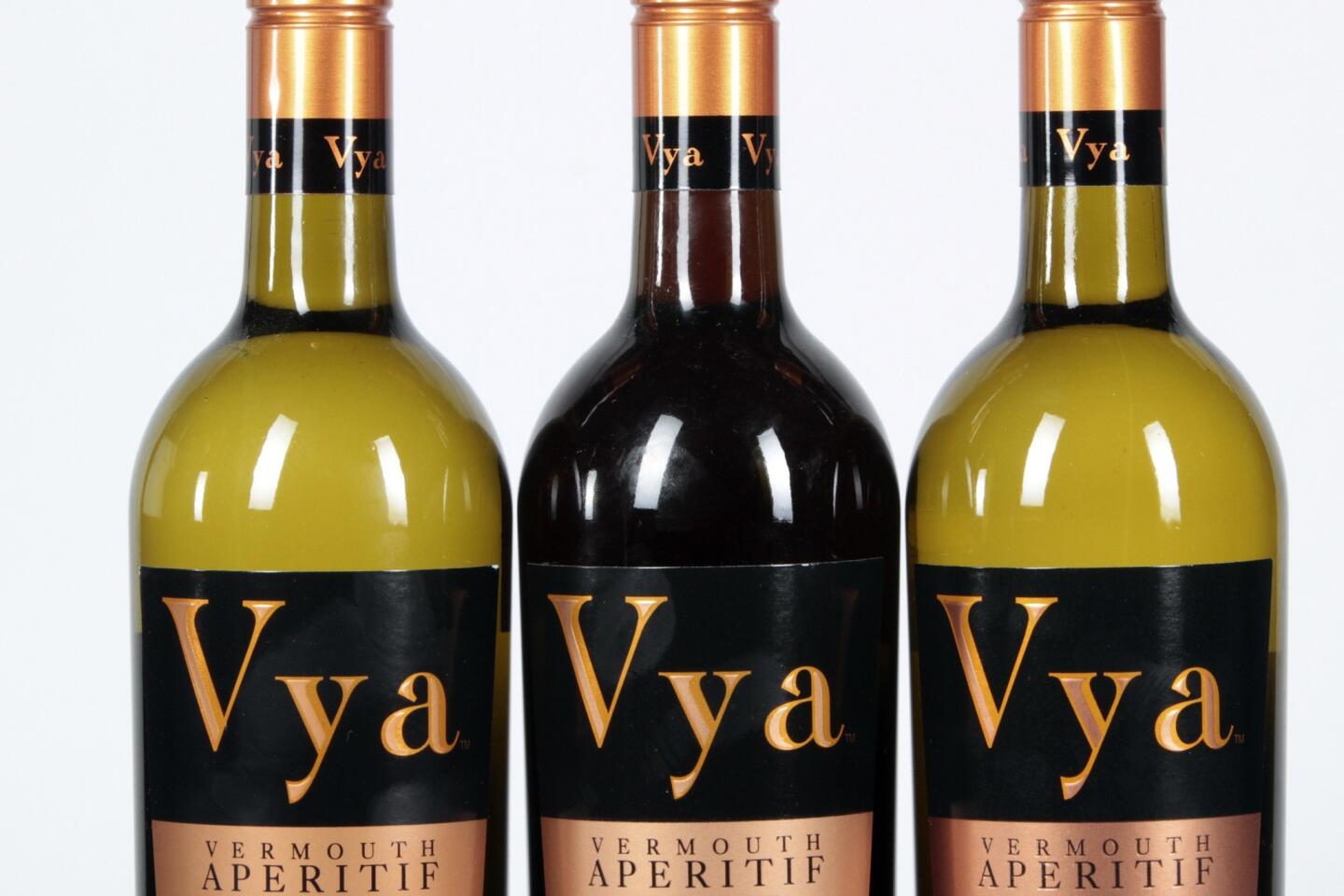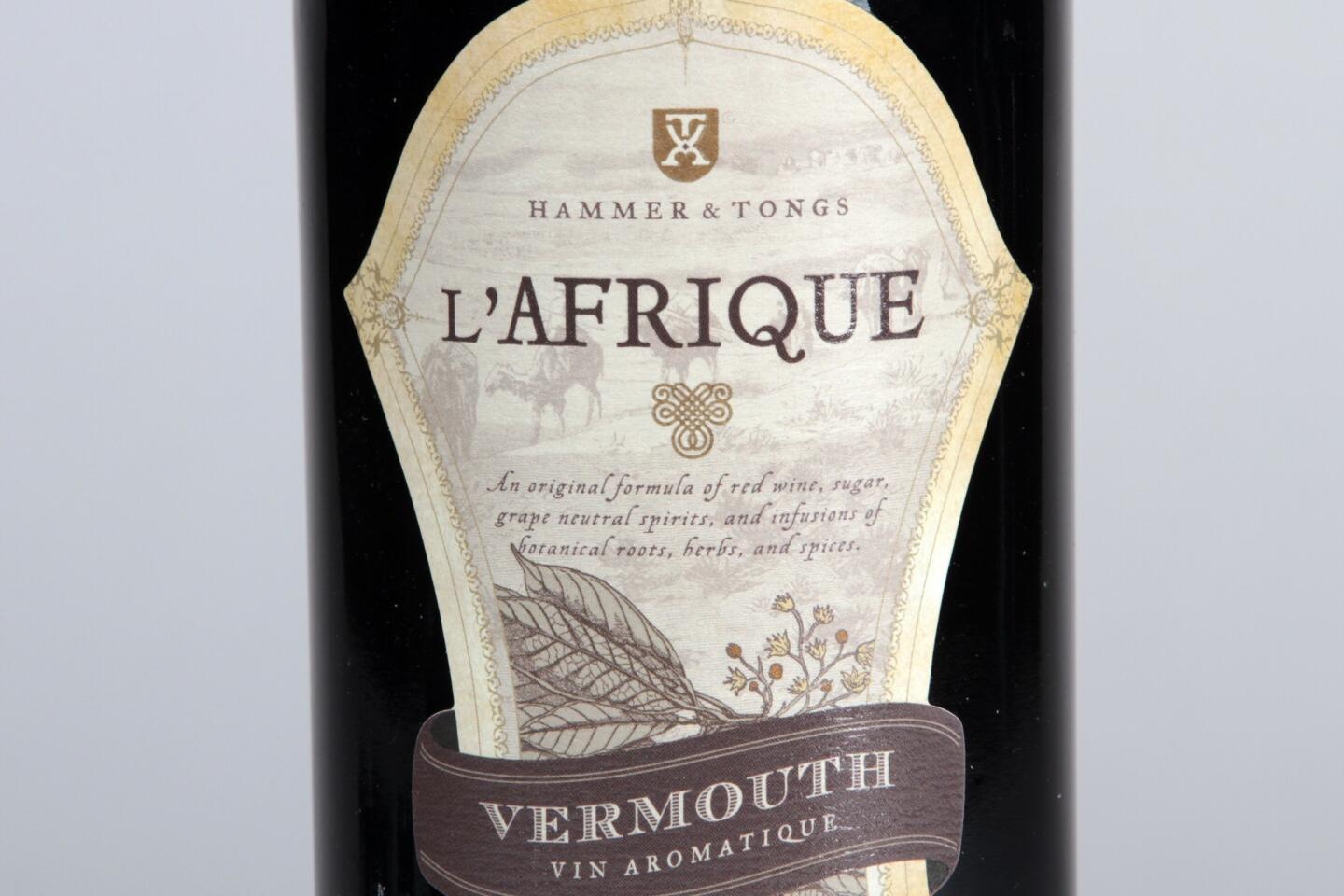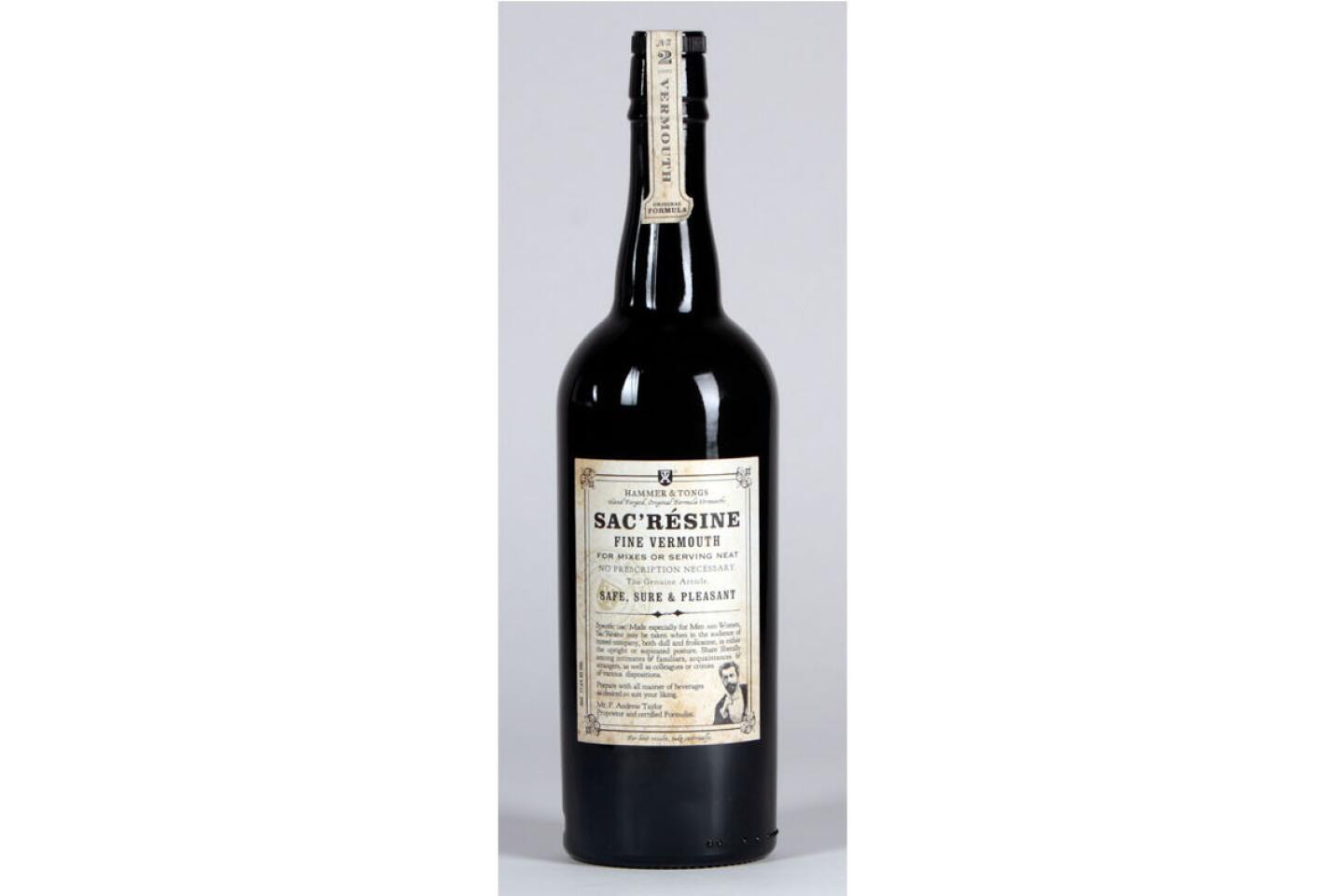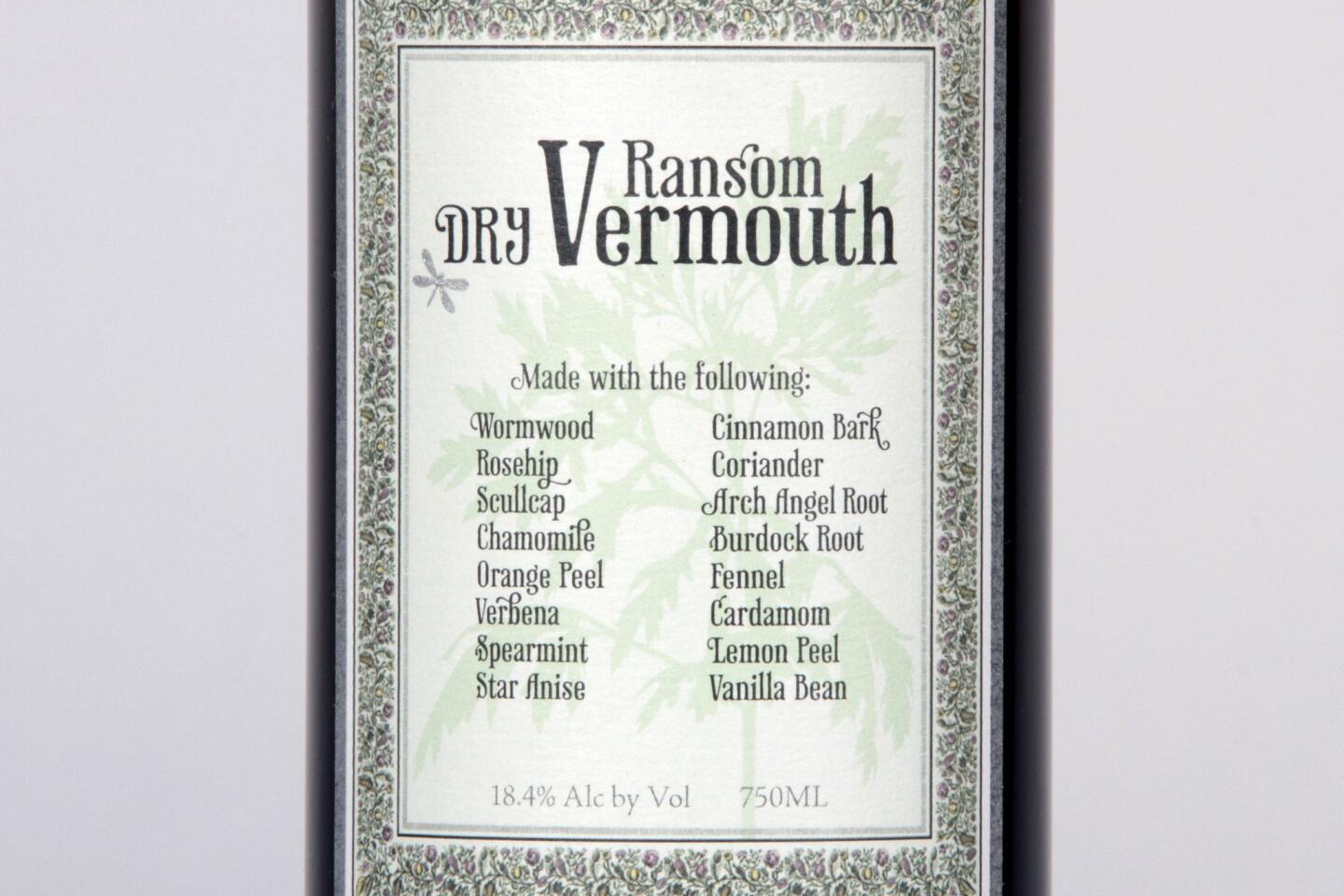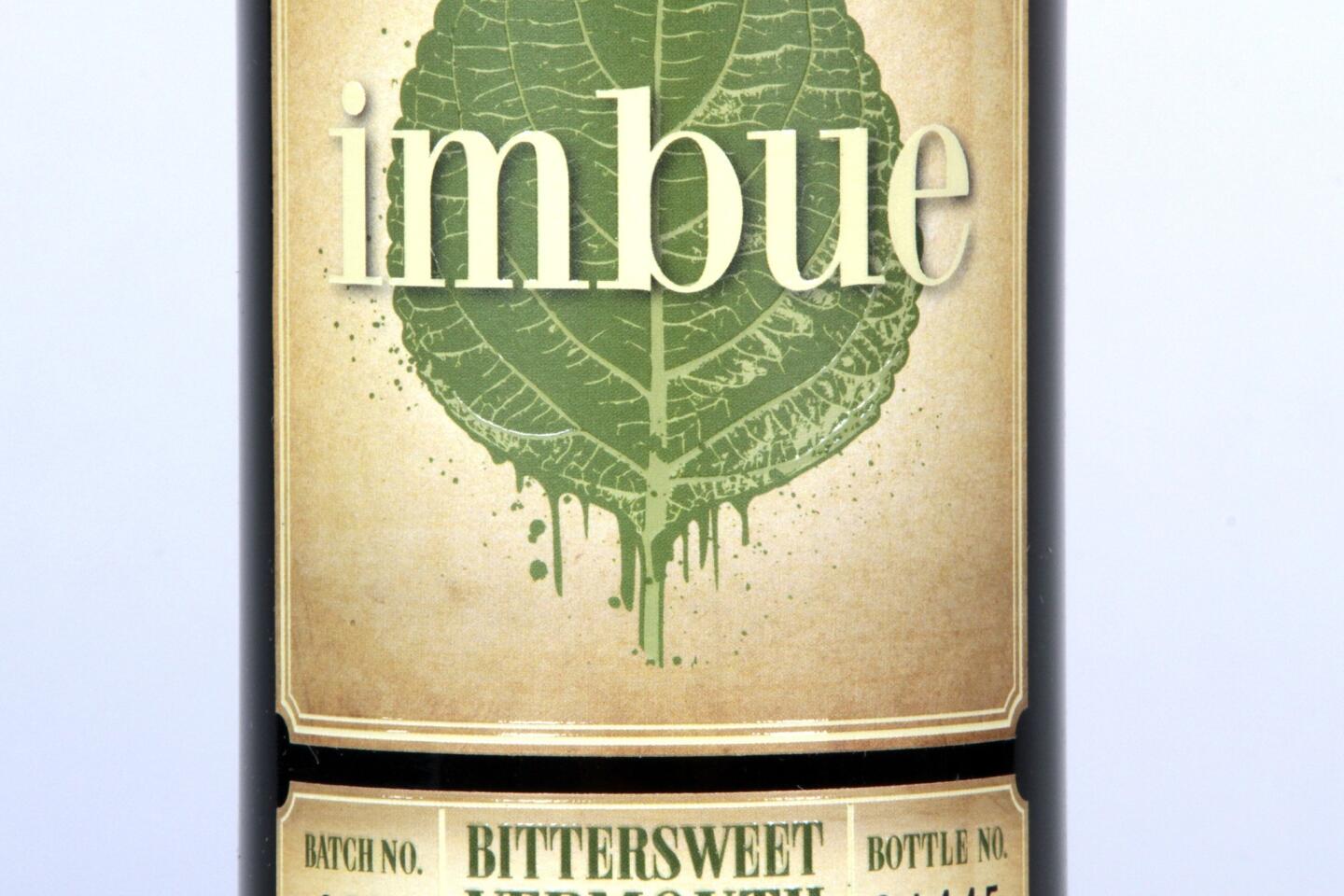New vermouths are crafted to go solo, mix well and stir memories
Sour and gooey. Sweet and syrupy. Yech! Just a few of the comments heard when I mentioned vermouth. The old-school aperitif and mixer of brandy-fortified wine steeped in myriad botanicals elicits strong — and often wrong-headed — opinions.
There’s a big difference between your grandfather’s dusty vermouth and the edgy new generation from artisan producers.
The new vermouth is the American riff on traditional European vermouth. In Europe, vermouth is often enjoyed as an aperitif on its own. Here, it’s been used more as an element in classic cocktails. And that’s where the latest chapter of vermouth begins. Mixologists who have embraced small-batch bourbon or gin are looking to expand their vermouth choices too. And artisan producers, more than 20 by last count, are meeting the challenge.
Formulas vary widely. It’s not as if there’s a single textbook way to make vermouth. Traditional recipes are closely guarded. Essentially, the new makers are working blind, without the benefit of the more than a century’s worth of experience historic producers enjoy.
Winemaker Patrick Taylor of Hammer & Tongs in Portland, Ore., discovered vermouth gives him the ability to share complex ideas in a way he hasn’t been able to do with wine. “I’ll have an idea of what I want the vermouth to smell and taste like. It could be a childhood memory,” he explains. “Sometimes it’s more complex, something that resides in you and you have to get out.”
In a botanical shop he remembers sniffing turmeric, “and a 30-year-old memory of chasing a tennis ball down a ravine tumbles out of my head. That really pungent, dark, earthy, humid smell was fascinating to a 10-year-old. That’s what I wanted to re-create.”
Two-and-a-half years later, he had the recipe for L’Afrique vermouth — a Syrah base with kola nut and turmeric as the main players in a cast of 23 botanicals. The inspiration for his Sac Résine comes from a visit to Old Mission Santa Barbara with his grandmother as a kid. The scent of burning incense had soaked into the woodwork over 150 years. Resins and tree saps used in antiquity figure in his complex recipe.
All vermouths have some element of bitterness, and that is part of their charm, something American cocktail drinkers are just beginning to appreciate. The vermouths I tasted all upheld that notion, whether the bitterness came from the wormwood (wermut in Old German) that gives vermouth its name or from some other botanical.
Tad Seestedt and his partners in Ransom Wine Co. and Distillery in Oregon thought it would be easy to nail down a recipe for vermouth. Not so fast. “First was deciding which botanicals to use and then which worked well together and had the attributes we liked.” The goal: a vermouth that would be appealing to drink on its own. In the end, it took more than two years before they had the formulation for Ransom Dry Vermouth. And now, after five years, they’re about to release a sweet vermouth.
Just for fun, bartender Neil Kopplin has been experimenting with what he calls “ballistic vermouth,” using heat to quickly infuse the wine with botanicals. He didn’t make much killer — or even drinkable — stuff, but he did develop a passion for vermouth. One thing he and his partners at Oregon’s Imbue Vermouth agreed on: using Pinot Gris as the canvas for their Bittersweet. Semillon is the base of Imbue’s Petal & Thorn, soft and floral, but with a bitterness akin to Campari or Aperol.
“Our base demographic is chicks with tattoos,” Kopplin says with a laugh. (It’s Portland.) Definitely not your grandfather’s vermouth.
Follow me on Twitter @sirenevirbila
More to Read
Eat your way across L.A.
Get our weekly Tasting Notes newsletter for reviews, news and more.
You may occasionally receive promotional content from the Los Angeles Times.
